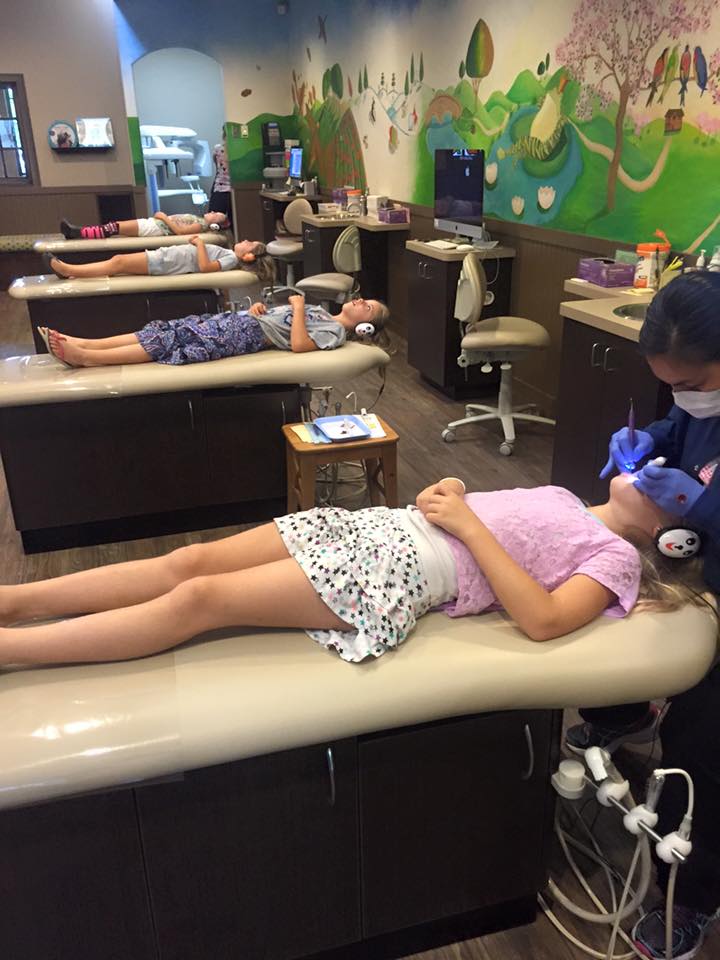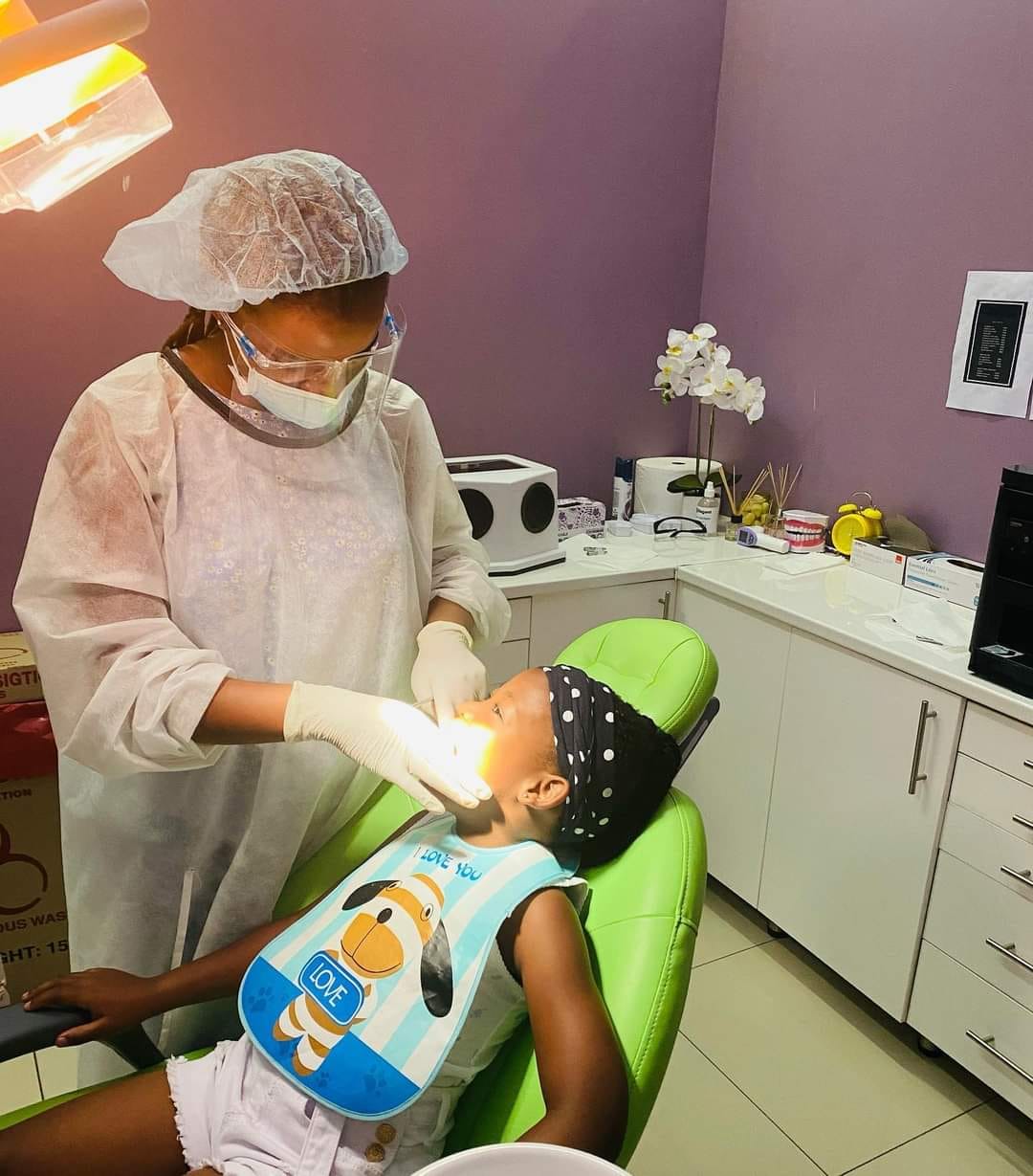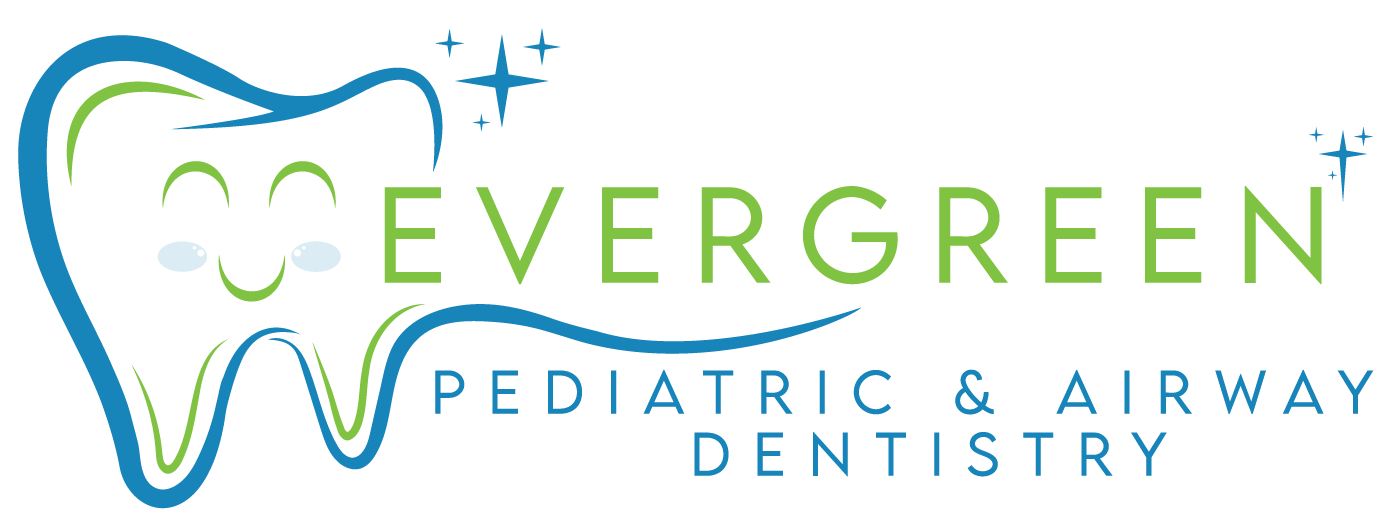Understanding Pediatric Sleep Dentistry: What Parents Need to Know
In the parenting world, ensuring your child receives optimal dental care stands paramount. However, pediatric dental visits can evoke anxiety and fear in both parents and young ones, transforming what should be a routine check-up into a challenging ordeal. Enter pediatric sleep dentistry, a cutting-edge approach that promises to change the narrative by offering a stress-free, painless experience for your child. But what exactly is pediatric sleep dentistry, and how does it work? In this blog, we’ll shed light on this innovative dental procedure, providing you with the essential insights you need to make informed decisions about your child’s dental health. Join us as we explore the world of pediatric sleep dentistry, helping you demystify the process and understand its benefits for your little one’s smile.
Pediatric Sleep Dentistry
Pediatric sleep dentistry, also known as dental sedation for children, involves the use of medication to help your child relax or even sleep through their dental procedure. This approach aims to alleviate the fear and anxiety often associated with dental visits, making it easier for dentists to perform necessary treatments without causing distress to young patients. The techniques used in pediatric sleep dentistry can range from mild sedation, where the child is awake but relaxed, to general anesthesia, where the child is fully asleep and unaware of the procedure. The method chosen often depends on the child’s level of anxiety, the nature of the dental work required, and the discretion of the dental professional. By providing a more comfortable experience, pediatric sleep dentistry not only ensures the child’s dental health but also helps to build a positive association with dental care that can last a lifetime.

Pediatric Sleep Dentistry
Demystifying Pediatric Sleep Dentistry
Understanding the intricacies of pediatric sleep dental service begins with demystifying the most common concerns parents have. One prevalent worry is the safety of sedation methods used. It’s essential to know that pediatric sleep dentistry adheres to stringent safety protocols. The American Academy of Pediatric Dentistry provides guidelines that pediatric dentists follow to ensure the well-being of your child during sedation. These protocols include a thorough pre-sedation health evaluation and continuous monitoring of the child’s vital signs throughout the procedure. Furthermore, pediatric dentists receive specialized training in administering sedation to children, emphasizing not just the effectiveness of the treatment but prioritizing safety above all. With these measures in place, pediatric sleep dentistry emerges not only as a viable option but as a compassionate approach to dental care for children, promising a serene and pain-free experience that substantially reduces dental anxiety in young patients.
The Science Behind Pediatric Sleep Dentistry
The underlying science of pediatric sleep dentistry is both fascinating and vital for parents to understand. At its core, this approach relies on pharmacological agents to induce a state of relaxation or sleep, making dental procedures less traumatic for children. The medications used in pediatric sleep dentistry are carefully selected based on their safety profile, efficacy, and the duration of action to match the length of the dental procedure. Sedatives may be administered orally, intranasally, via intravenous line, or through inhalation, depending on the individual needs of the child and the specific dental work being performed.
One key element to the success of pediatric sleep dentistry is its ability to be tailored to the unique requirements of each child. For instance, milder sedatives might be chosen for shorter, less invasive procedures, whereas general anesthesia might be reserved for more complex cases or for children with severe dental anxiety. The goal is always to ensure the child’s comfort and safety while enabling the dentist to perform the necessary treatment efficiently and effectively. Importantly, the use of sedation in pediatric dentistry is supported by extensive research and clinical evidence, highlighting its reliability as a method to improve dental outcomes and reduce trauma and anxiety for young patients.
Benefits of Pediatric Sleep Dentistry for Children
The benefits of children sleep dentistry extend beyond the immediate ease of dental procedures, offering several advantages that contribute to a child’s long-term dental health and wellness. Firstly, by minimizing fear and anxiety, children are more likely to have positive associations with dental care, fostering a healthier attitude towards regular dental visits and oral hygiene practices. This proactive approach can significantly reduce the risk of developing dental phobias that often persist into adulthood, potentially leading to neglect of dental health.
Additionally, pediatric sleep dentistry allows for more efficient and comprehensive dental treatment in a single visit, which is particularly beneficial for young patients who may require multiple procedures. This efficiency not only reduces the child’s exposure to stress but also limits the number of visits needed, making dental care more convenient for busy families. The precise and controlled environment facilitated by sleep dentistry also enhances the quality of dental work, as dentists can perform procedures without the challenges of a moving or distressed child.
Most importantly, ensuring a child’s comfort and safety during dental procedures through sleep dentistry plays a crucial role in maintaining their overall health. By addressing dental issues early and effectively, pediatric sleep dentistry contributes to a foundation of good oral health that supports a child’s general wellbeing, speech development, and nutritional intake. In essence, pediatric sleep dentistry is not just about making dental visits easier; it’s about laying the groundwork for a lifetime of healthy smiles.

Children Sleep Dentistry Service
Understanding the Role of Parents
Parents play a pivotal role in the process of pediatric sleep dentistry, acting as both advocates and partners in their child’s dental care. It begins with the important task of selecting a pediatric dentist who is experienced in sleep dentistry and who demonstrates a commitment to safety and child-comfort. Transparent communication with the dentist about the child’s medical history, previous experiences with dental care, and specific fears or concerns is crucial for tailoring the sedation plan to the child’s needs. Additionally, parents are responsible for following pre-sedation instructions, such as fasting guidelines, to ensure the safety of the sedation procedure. Post-procedure care is equally important, with parents monitoring their child’s recovery and managing any discomfort or side effects experienced after sedation. By being involved, informed, and supportive, parents can significantly influence their child’s perception of dental care, turning potentially intimidating experiences into positive and nurturing ones.
Common Concerns and Myths Debunked
Amid the growing acceptance of pediatric sleep dentistry, several myths and concerns have circulated, causing unnecessary apprehension among parents. One common myth is that sedation dentistry is risky for children. However, when performed by a trained and experienced pediatric dentist, following stringent safety protocols, the risk is significantly minimized. Advances in medication and monitoring technology have made pediatric sedation safer than ever before.
Another concern often voiced is the fear of long-term effects on a child’s health due to sedation. Research and clinical evidence suggest that when administered correctly, sedatives used in pediatric dentistry have a minimal risk of causing any long-term health issues. Proper dosing and adherence to established guidelines ensure that the benefits far outweigh any potential risks.
Parents might also worry that their child will develop a dependency on sedation for dental care. It’s important to understand that pediatric sleep dentistry is typically recommended only when necessary and is not a first-line approach for all dental visits. It is a tool, among many, that dentists can use to manage anxiety and ensure the best possible outcomes for dental procedures. The goal is always to instill a positive attitude towards dental care that lasts into adulthood, reducing the need for sedation over time.
By dispelling these myths and addressing common concerns, parents can make informed decisions about utilizing pediatric sleep dentistry for their children, ensuring a comfortable, safe, and positive dental experience.
Choosing the Right Pediatric Sleep Dentist
Selecting the ideal pediatric sleep dentist for your child is a pivotal decision that can significantly influence their dental health and attitudes towards dental care. When choosing a pediatric dentist who offers sedation services, it is essential to prioritize experience and expertise. Look for a dentist who is not only certified in pediatric dentistry but also has substantial experience with pediatric sedation. Such a dentist will be well-versed in the various sedation options and how they can be safely and effectively applied to children of different ages and needs.
Furthermore, it’s critical to assess the dentist’s approach to patient care. A good pediatric sleep dentist should create a welcoming and child-friendly environment that makes both the child and parents feel at ease. They should take the time to explain procedures, sedation methods, and aftercare in understandable terms, addressing any questions or concerns with patience and empathy.
Another important factor to consider is the dental practice’s commitment to safety. Ensure that the facility is equipped with the latest in sedation monitoring technology and that the staff is trained to handle emergencies. Ask about their emergency protocols and how they manage adverse reactions to sedation.
Lastly, consider the feedback from other parents. Personal testimonials and reviews can provide insight into the dentist’s bedside manner, effectiveness of treatment, and overall satisfaction with the sedation process. Choosing the right pediatric sleep dentist involves thorough research and consideration, but finding a trusted professional can make all the difference in your child’s dental care experience.

Pediatric Sleep Dental Examination
What to Expect During Sleep Dentistry Procedures
When preparing for a sleep dentistry procedure for your child, knowing what to expect can ease much of the anxiety and uncertainty that both you and your child might feel. The process typically begins with a pre-procedure consultation, where the dentist will discuss the child’s medical history, the specifics of the dental treatment needed, and the sedation plan tailored to your child’s needs. This is an excellent time for parents to ask questions and express any concerns they might have.
On the day of the procedure, you’ll be asked to adhere to the pre-sedation instructions previously provided, such as fasting requirements. Upon arrival at the dental office, the dental team will make every effort to ensure your child is comfortable and calm. The type of sedation used (such as oral sedatives, nitrous oxide, or IV sedation) will depend on the child’s needs and the complexity of the dental work being performed.
During the procedure, your child’s vital signs and comfort level will be closely monitored by the dental team to ensure safety and efficacy. Sedation will make your child drowsy or possibly asleep during the procedure, and they likely won’t recall the procedure afterward.
After the procedure, your child will be moved to a recovery area where they will continue to be monitored as the effects of the sedation wear off. It’s common for children to feel groggy, disoriented, or even a bit nauseous as they recover, but these effects typically diminish within a few hours. Before leaving the dental office, you will be given post-sedation care instructions, including how to manage any residual effects of the sedation, pain management, and dietary recommendations.
Understanding the steps involved in sleep dentistry can help parents support their child through the process, ensuring a safe and as comfortable experience as possible. This knowledge also assists in planning for the procedure and recovery time at home, contributing to a smoother, more positive outcome for both child and parent.
Encouraging Good Dental Hygiene to Minimize Future Sleep Dentistry
Instilling robust dental hygiene habits in children is paramount not only for their dental health but also in potentially minimizing the need for sleep dentistry procedures in the future. Educating your child on the importance of regular brushing and flossing, along with making it a fun and engaging part of their daily routine, can significantly reduce the risk of dental issues that might require sedation for treatment. Start by choosing a fluoride toothpaste and a soft-bristled toothbrush suitable for their age, and demonstrate the proper technique for brushing and flossing effectively.
Equally important is establishing regular dental check-ups from an early age. These visits are not just for addressing dental problems, but also for preventive care, including professional cleanings and the application of dental sealants that can protect teeth from decay. During these check-ups, your dentist can monitor your child’s dental health, provide personalized advice on oral hygiene, and detect potential problems early on, often reducing the need for more invasive treatments later.
Lastly, fostering a healthy diet plays a critical role in maintaining good dental health. Encouraging your child to consume a balanced diet rich in fruits, vegetables, and calcium can strengthen their teeth, while limiting sugary snacks and beverages can decrease the risk of cavities. By taking these proactive steps, parents can help their children develop healthy dental habits that will benefit them for a lifetime, potentially reducing the necessity for sleep dentistry and ensuring a brighter, healthier smile.
In conclusion, pediatric sleep dentistry represents a significant advancement in providing gentle, fear-free dental care for children. Through the skillful application of sedation, dental professionals can perform necessary procedures with minimal stress and discomfort for young patients, thereby fostering a positive dental experience from an early age. Parents play an essential role in this process, from selecting the right pediatric sleep dentist to ensuring their child receives the best possible care before, during, and after sedation. By addressing common myths and concerns, families can proceed with confidence, knowing that sedation dentistry is a safe, effective, and often necessary part of maintaining their child’s oral health. In doing so, pediatric sleep dentistry not only supports immediate dental needs but also contributes to a lifelong commitment to oral hygiene and health.
Evergreen Pediatric Dentistry
https://www.google.com/maps?cid=14720788683151219551
12910 Totem Lake Blvd NE #103, Kirkland, WA 98034, United States
(425) 814-3196
https://evergreenkidsdentist.com/


